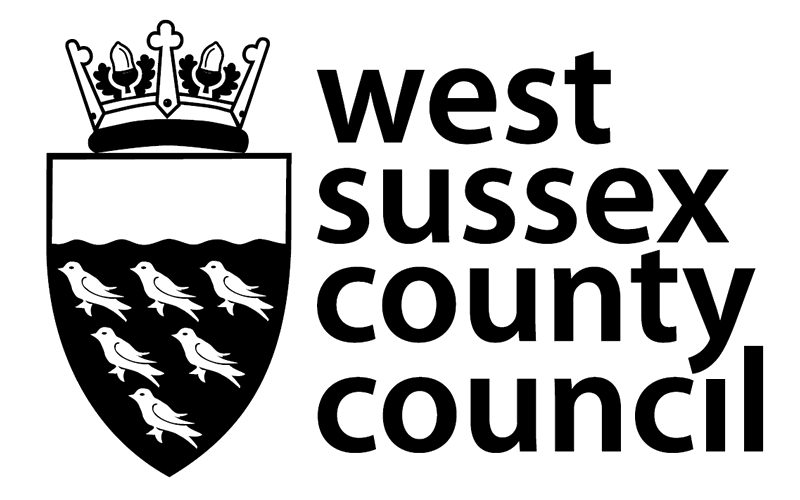Surface dressing is a treatment used to provide a new surface layer to an existing road. It involves spraying a coating of bitumen onto a road followed by one or more layers of hard stone chippings. This seals the surface against damage and improves the levels of grip available to traffic.
What happens in advance of the works
Some preparation work will take place ahead of the main surface dressing work:
- A month ahead - studs (cats’ eyes) will be removed from the road and the holes left behind filled in.
- Immediately before - minor potholes and other similar damage will be filled in.
What happens on the day of works
On a typical day we will:
- use traffic management to close the road and install a diversion route to direct road users around the work. Pedestrian access will be unaffected
- sweep the road surface to remove loose debris
- spray a thin layer of bitumen over the existing road surface
- spread a layer of stone over the bitumen
- roll the stone to embed it into the bitumen
- depending on the exact specification, lay and roll a further layer of bitumen and stone if required
- sweep the road to remove any loose stone
- install a 20mph advisory speed limit
- remove traffic management and reopen the road to vehicles.
Follow-up work in the days and weeks after
Some additional work will take place in the road in the weeks following surface dressing treatment:
- As needed – the road will be swept again (usually once or twice) to remove loose stone.
- Within two weeks – on some roads, a sealant will be sprayed over the new surface. This helps prevent stones coming loose, aids longevity and gives the road a darker appearance.
- Within one month – we will replace all road markings and studs (cats’ eyes) that were on the road prior to the laying of the new road surface.
- Within one month – the 20mph advisory speed limit will be removed.

